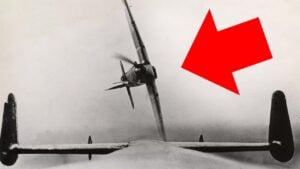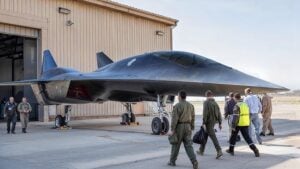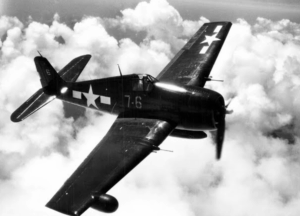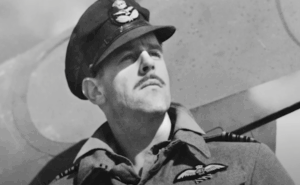Lockheed P-38 Lightning Design Info
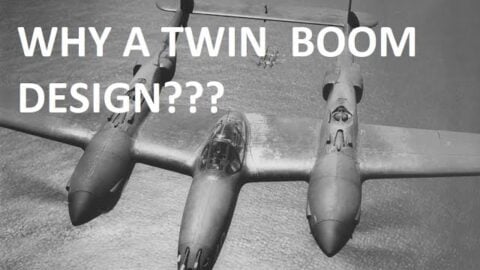
YouTube/Greg's Airplanes and Automobiles
The Lockheed P-38 Lightning was one of the most versatile and effective aircraft in World War II. It was an extremely successful fighter, especially in the Pacific and the Mediterranean theaters. As with most fighters, the P-38 could and did drop bombs, which could carry a 4,000-pound bomb load.
Exceeding Expectations
The P-38 was Lockheed’s answer to a US Army Air Corps proposal in 1937 that called for a high-altitude interceptor capable of reaching 360 mph and could climb to 20,000 ft. from sea level in six minutes. Lockheed wanted to design a plane that could not only reach these lofty goals, they wanted to exceed them by building the first fighter plane to be capable of reaching 400 mph in level flight.
At the time when design work started, there were no aircraft engines powerful enough to allow a single-engine fighter plane to reach that kind of speed. As a result, Lockheed had to use twin engines to comply with both the Air Corps proposal and its own goals.
Notable Features
One of the most striking features of the P-38 is its twin-boom layout. According to journalist Hal Hubbard’s article, he points out that the twin engines were needed to reach performance goals, as there wasn’t a single engine that was powerful enough to do its job in 1937. Furthermore, the armament was placed in front of the pilot in the fuselage. Hubbard also points out that there isn’t a specific advantage to a twin-boom design, so at the end of the day, it’s all about packaging.
The P-38’s wing gives it a relatively low stall speed for an aircraft with such a high wing loading. To make the wing even more effective, the designers gave it wing flaps, which extend in a way that increases the wing area, adding lift relative to the amount of drag they cause, especially at intermediate settings.
Up front, there’s a lot of firepower, four 50-caliber machine guns, and normally a 20 mm cannon. There was also room for a lot of ammunition, up to 500 rounds per gun for the 50 cals and 150 rounds for the cannon. Moreover, among the major US front-line fighters, the P-38 was the only one to have a 20mm cannon from very early in the war.
The twin-boom design also allows a pretty easy installation of tricycle landing gear that was uncommon on WWII fighters. This was a massive advantage on a high-powered, twin-engine airplane.
















